- Home
- slideshows
- miscellaneous
- A top sniper slipped past about a dozen Marines - no one saw him even when he was less than 3 feet away
A top sniper slipped past about a dozen Marines - no one saw him even when he was less than 3 feet away
The Marine sniper moved undetected into position within about 300 meters of the observation post. Every observer, searching without success with high-powered optics, was in firing range.

After being told where he was, we went into the field to observe the sniper in his firing position.
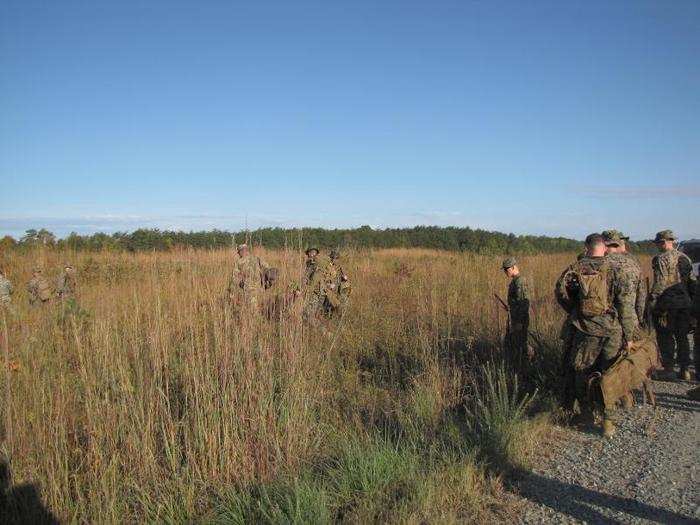
This is where things got really interesting.
As we hiked into the field, everyone walked right past the sniper. He wasn't even 3 feet away, and we still missed him completely.
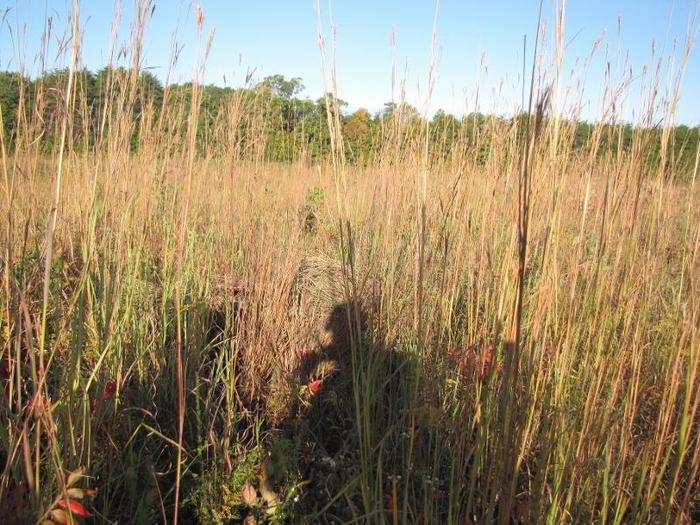
The above photo was taken right after everyone was told exactly where the sniper was. While he is somewhat visible from this angle, he is all but invisible when viewed from other positions.
Everyone gathered around the sergeant to listen to him explain the tricks of the trade, lessons essential not only for making it through scout sniper stalking training but also for surviving on the battlefield.

Slowly emerging from his position, the instructor explained the need to use the terrain to your advantage, to find and build screens, to blend in with your environment, and to keep low and manage your movements.
Keep low and use the terrain to your advantage.
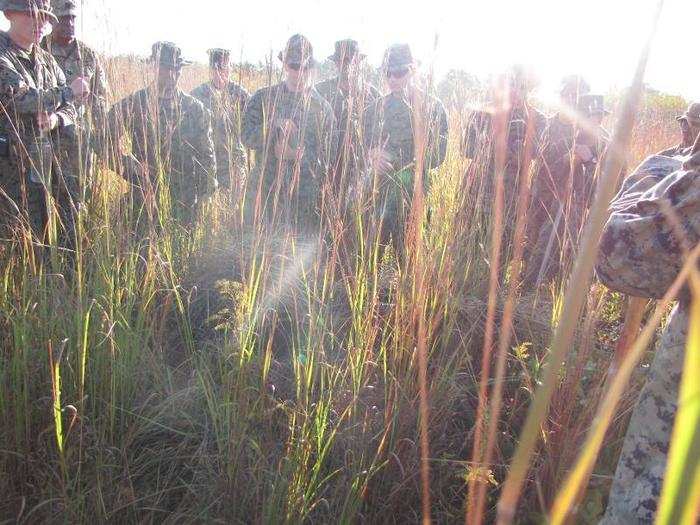
"I'm going to use the terrain to my advantage," the instructor told his students. "You can see there is a hill back there, I don't want to go over the very top of the hill. I want to come around the side of the hill, follow the low, dead space down, and then come up from behind into my position, always maintaining that low profile, low silhouette."
"You want to stay as low as possible," he added, telling them to be aware of their movements in the field.
Find and build screens that conceal your position.
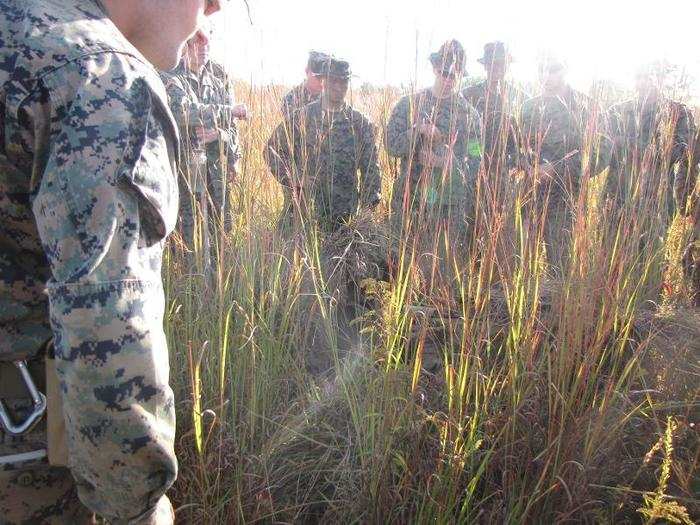
"The big thing you are looking for is trying to find some screens," the sergeant explained, telling the trainees that would soon enter the field that they want at least two screens between them and a potential observer, such as tall grasses or other vegetation that obscure the sniper from the watchful gaze of the enemy.
Grassy areas can be easier to work in than some other environments, such as the desert, but these areas have their own challenges. For instance, muzzle blast will blow light vegetation outward, potentially giving away a sniper's position, if he is too close to his screen.
A sniper may also need to build false screens to cover evidence of his presence, such as bent or broken grass. "It is really common, especially in grassy areas, to make false screens because of how easy it is to give away your position in grass," the instructor said, reminding students that shaking the grasses or moving abruptly can alert an enemy to their presence.
The sergeant admitted that his screens, while effective, weren't ideal, but he made up for that with his camouflage.
Blend into your environment with camouflage.
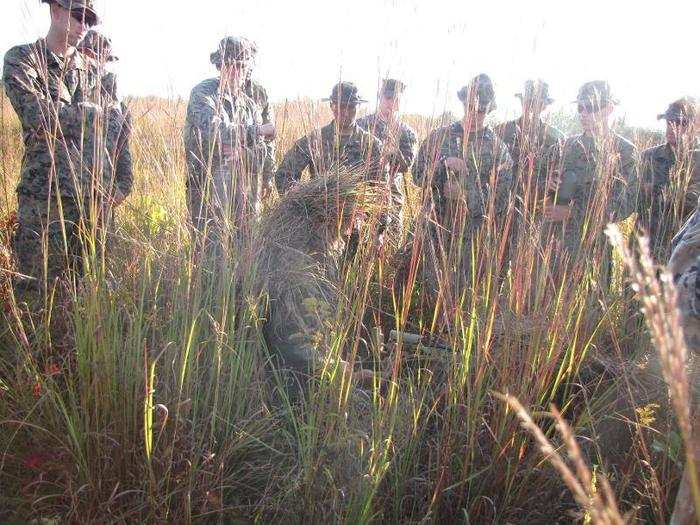
"You and your gun need to look like everything around you," the instructor said, explaining that snipers want to blend into the negative space.
"Don't be the bush," he further explained. "Be the space between the bushes."
Before the sergeant entered the field, he painted his face with browns on features that stick out and greens on flatter surfaces. In the field, he weaved grasses in natural patterns into his ghillie suit, and then, after he arrived at his firing position, he concealed his tripod and rifle in vegetation.
After finishing the sergeant's short class, the students grabbed their gear and prepared to demonstrate what they learned.

Some excelled. Some still need a bit more practice.
Popular Right Now
Advertisement